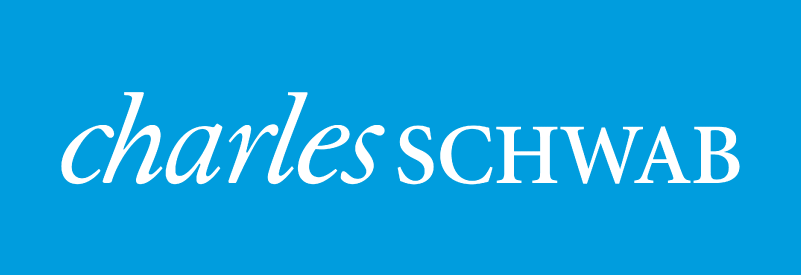We entered October with ‘huge’ trade dispute concerns, ISM numbers at GFC levels, over 50% probability of two Fed rate cuts before year end, and tangible pessimism in both earnings and sentiment. We exited October with the market breaking out to new record highs, one courtesy rate cut, firming fundamentals, and the global economy seemingly on a low but stable path forward. The combination of healthy financial conditions (rates, spreads, equity markets, liquidity) and a tangible reduction in geopolitical risks (Brexit, Trade) set the stage for risk markets finding their footing. The outlook remains relatively constructive while policy stimulus continues to work its way into the global economy.
Market Anecdotes
- The FOMC cut rates by 25bps in their October meeting to the 1.50%-1.75% range with a relatively upbeat overall economic assessment highlighting strength in the labor market and household spending offsetting weakness in exports and business investment.
- Probability of a 25bps cut in December fell from over 50% to 11% during the month as the outlook stabilized.
- For the month of October, performance was extremely broad-based as virtually every US and international equity index was up on the month (with the exception of Canada) .
- Larger caps and riskier (no yield, high short interest, high priced) segments led the market in October. The S&P 500 was up over 2%, but the average stock was up just 1.19% as the largest stocks pushed cap-weighted indices higher, meaningfully outperforming smaller stocks.
- International stocks outperformed domestic stocks, a trend we’ve been noting lately. Stocks in the S&P with the highest international revenues gained 3.3%, while the bottom decile (low or no international revenue) underperformed or lost ground on the month.
- Currency movements factored into U.S. versus international asset performance as the Bloomberg US Dollar Index fell nearly 2%, its worst monthly performance since January 2018.
- The UK parliament approved December 12th elections where the Conservatives hope to win majority in order to approve the Brexit Agreement prior to the January 31, 2020 deadline.
- Markets have calmed meaningfully on the U.S.-Sino trade dispute as both parties edged closer to a ‘partial Phase 1’ deal in lieu of a larger scope deal.
- Bianco research pointed out that, for the first time in the post-WW2 era, the U.S. has the highest developed-world interest rates across the yield curve (FF, 3m, 10yr, 30yr). Only the 30yr UST is over 2% and half of the developed world rates are in negative territory.
- The second longest bull market on record marked new highs in October at over 3,890 days. In order to top the 1987 –2000 bull market in terms of length or strength this bull will need to run through July 2021 and rally more than 50%.
Economic Release Highlights
- Q3 GDP came in at 1.9%, down slightly from 2Q’s 25 level supported by a healthy 2.9% consumer spending rate and residential investment (5.1%) provided a boost for the first time since Q117. Non-residential fixed investment fell 3% in a troubling sign for business investment and manufacturing.
- September’s PIO report had core PCE at consensus 1.7% (headline 1.3%). Income moderated to 0.3% with wages & salaries pretty soft while personal consumption came in as expected at 0.2%.
- October’s employment report was solid at 128,000 jobs (3.6%), which is on the high side of the consensus range and came with notable upward revisions to the prior two months. Wage pressures remained benign.
- Average hourly earnings in the October jobs report of0.2% MoM and 3.0% YoY alongside the Q3 Employment Cost Index of 2.8% are not indicating any stress in labor capacity at this time.
- October PMI (51.3) and ISM (48.3) manufacturing surveys showed improvement over September. The PMI has improved sequentially off August’s 10yr low reading and remains less daunting than ISM survey which showed improvements in new orders and exports but material weakness in backlogs and production.
- October housing market index jumped 3 points to 71 (68 expected) in a sign that low mortgage rates are positively influencing homebuilder sentiment.




Leave a Reply